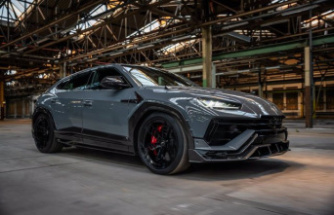Australia has a ton of sun, but a ridiculously volatile electrical distribution system that depends on old coal fired power stations. According to the Sydney Morning-Herald, the spot prices for wholesale electricity have varied between a high of $13,440/MWh to Minus $146.29/MWh. They are having power outages as 40°C (104°F) temperatures increase demand enough to melt down the system.
© Ravinder Soin, Midnight Energy
Not only that, more and more people are putting solar on their roofs, creating an Australian duck curve. And one of the best ways to kill the duck curve is storage.
@mcannonbrookes Tesla will get the system installed and working 100 days from contract signature or it is free. That serious enough for you?
— Elon Musk (@elonmusk) March 10, 2017Enter our hero, Elon Musk, who bet (in a tweet, yet) that he could help solve the problem by delivering a 100MW within 100 days – or it’s free.
David Fickling of The Sydney Morning Herald explains how this is a good deal for everyone, even though Musk is pricing the batteries at a very low $250/kWh.
Given the way the industry is progressing, Musk has little to lose from pricing his deal keenly. He expects the energy-storage market "to grow maybe twice the rate of the automotive business”….Energy-storage systems profit by arbitraging volatility in the electricity market. As long as the gaps between the trough prices at which they buy and the peak prices at which they sell are big enough and the cost of the storage system itself is low enough, it's a fairly straightforward trade: Buy low, sell high, and make sure you have a good handle on how the daily cycle is going to change.
And the Australian electrical system is a mess; they have natural gas plants but they are expensive to run because Australia is a big exporter of liquid natural gas, so the power plants have to compete. States are also beginning to crack down on fracking, reducing supply. Clyde Russell of Reuters writes:
What's needed is a holistic approach to energy supply as Australia transitions away from coal-fired power. This means ensuring enough natural gas is available to provide base load generation, while scaling up renewables such as solar, wind, pumped hydro and battery storage.
© Ravinder Soin, Midnight Energy
Ravinder Soin of Midnight Energy says much the same thing; a number of different approaches will have to be taken to flatten the duck. Batteries may well turn out to be the simplest and best approach.
Our editors found this article on this site using Google and regenerated it for our readers.













